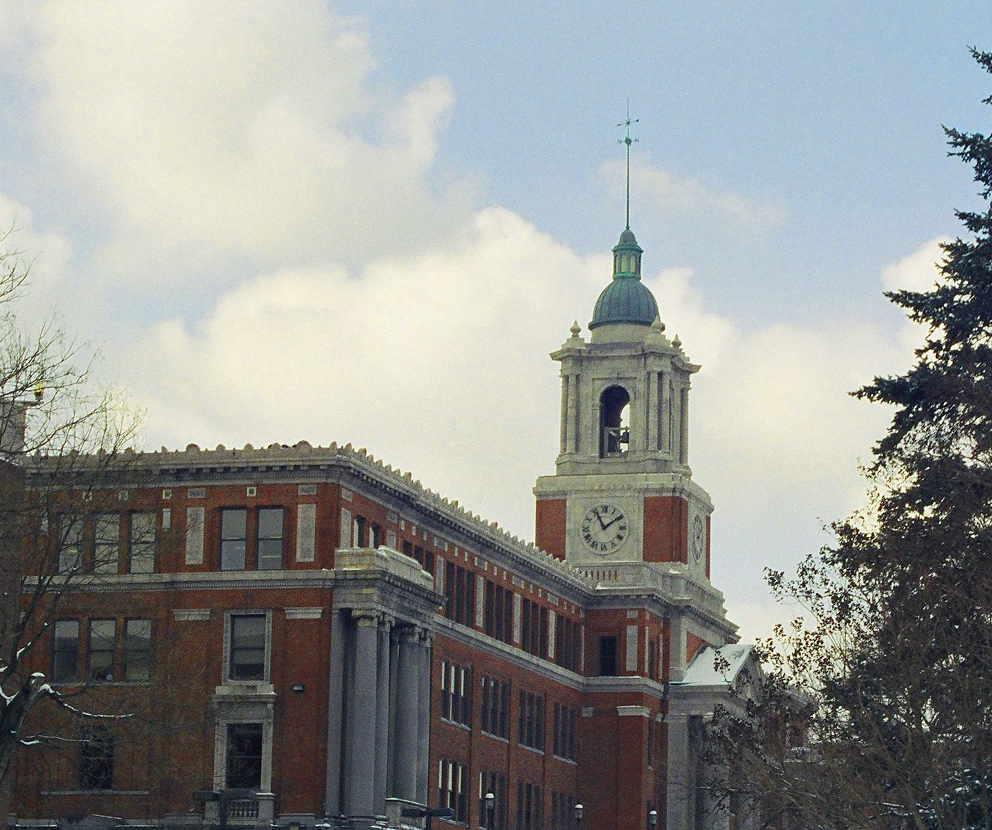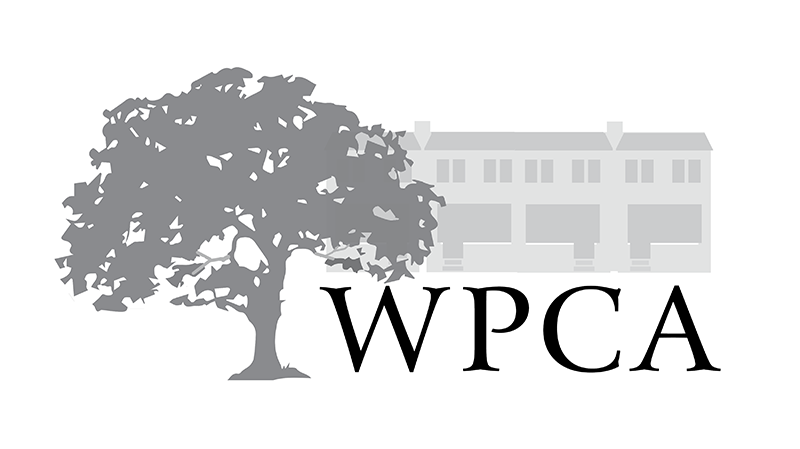OUR NEIGHBORHOOD | BOUNDARIES | HISTORY
The community of Wyman Park is a border community that links Hampden to Roland Park. All of the Wyman Park area was annexed to Baltimore City in 1888. The general boundaries consist of the area from south to north between 33rd Street and 40th Streets and west to east from Keswick Road to Wyman Park. South of 40th Street, garden apartments, multi-story apartment buildings and single-family residences have been built. People here tend to relate to the north along 40th Street and University Parkway and The Johns Hopkins University.
Throughout the eighteenth and nineteenth centuries, this land remained attached to large rural estates, and the only settlement of note occurred in the adjacent Stony Run valley. Here, along the stream’s west bank, two flour mills once operated. It is believed that one mill, Ensor’s, was located opposite 36th Street.
In the 1870s the Swan Lake Narrow Gauge Railroad (later called the Baltimore and Lehigh, and still later, the Maryland and Pennsylvania Railroad) was built along Stony Run. In the last quarter of the nineteenth century a popular tavern, known as Biddy Rice’s Saloon, operated along the tracks opposite Bottle Hill, upon which sits the present-day Tudor Arms Apartments.
Most construction took place in the 1920s and continued into the 1960s with the development of several small garden apartments. In addition, Keswick Nursing Home north of 40th Street has expanded, while next door Roland Park Place has replaced the Roland Park Country School. To the east The Johns Hopkins University has slowly expanded into Wyman Park, and some of the open space has disappeared.
To the west, across Keswick from the Wyman Park neighborhood western boundary, is a business complex and parking garage formerly owned by Maryland Casualty (later part of the Zurich Insurance Company). These facilities were purchased by Johns Hopkins University in 2009 and currently house university offices.

West on 40th Street is the Rotunda, a stately historic building built in 1921, whose iconic clock and bell tower is a landmark in the area. Originally a complex for Maryland Casualty workers, it has served as a mixed use development since the 1970s. In 2005 it was sold again to a developer and by 2016 it had been redeveloped once again into a mixed use space with offices and restaurants, anchored by MOM’s Organic Market. Behind the Rotunda complex is the multi-story Icon Residences luxury apartment complex, which houses on its ground floor restaurants, a work-out gym, and a movie theater. A small courtyard provides a space where families can come with their children and watch movies on movie nights, etc.
